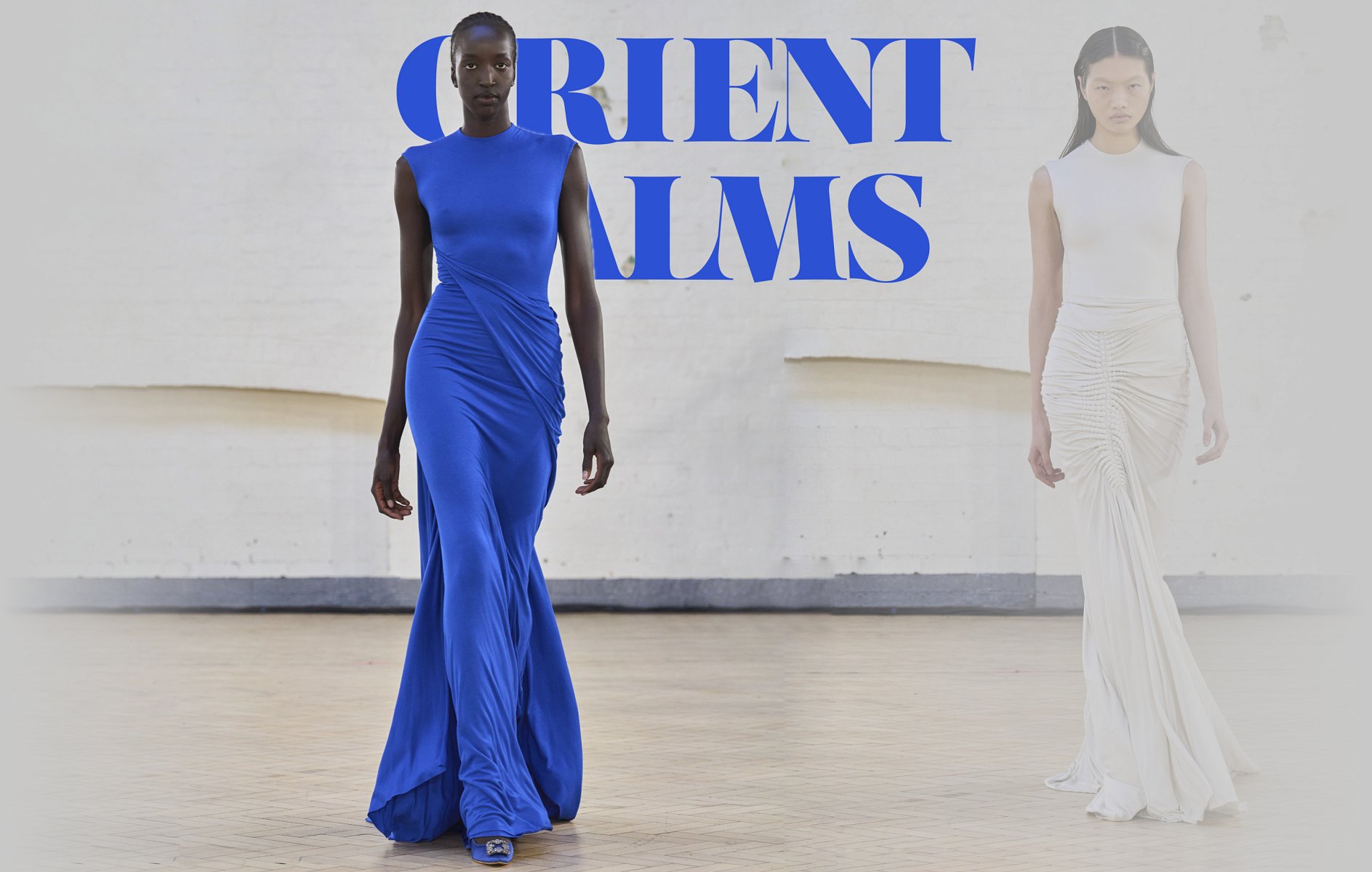Unlock the Secrets of Classic Eastern Use
Exploring the enigmatic realm of classic Eastern wear explores a world where virtuosity, history, and society assemble to produce garments that go beyond simple textile and string. The complex tapestry of tradition intertwined with modern components supplies a look into a globe where every stitch tells a tale, every concept a symbol of value. Introducing the tricks behind these productions reveals a tapestry of heritage waiting to be unwinded, inviting one to journey through the ethereal beauty and aura of Eastern fashion.
Background of Eastern Style
The history of Eastern style go back centuries, showing the rich cultural heritage and practices of diverse areas across Asia. Each area flaunts its unique styles, materials, and styles that have actually been influenced by elements like environment, religion, social status, and profession courses. eastern wear pakistan. The detailed silk garments of China signify beauty and refinement, while the vivid saris of India display a kaleidoscope of patterns and shades.
In Japan, the kimono has actually been an icon of custom and refinement for generations, with different designs used for various occasions. The history of Eastern style is a tapestry of development and custom, blending old techniques with modern-day influences to develop a dynamic and ever-evolving market.
Value of Traditional Attire
Typical clothing works as a social symbol, symbolizing the worths, beliefs, and heritage of neighborhoods in Eastern societies. eastern wear pakistan. These garments are not merely items of material yet are symbolic depictions of the abundant background and traditions gave through generations. In Eastern societies, standard outfit plays a considerable function in ceremonies, festivals, and day-to-day life, showing the social status, regional affiliations, and even marriage status of people
The value of typical attire surpasses visual appeals; it is a means for individuals to connect with their origins and share pride in their social identity. Each garment, from the detailed sarees of India to the moving hanboks of Korea, brings with it a narrative of workmanship, significance, and meaning that is deeply deep-rooted in the material of society.
Moreover, traditional attire works as an aesthetic language, connecting tales of unity, accomplishment, and resilience. By wearing these garments, individuals not just recognize their heritage yet also add to the preservation and event of their social legacy.
Advancement of Eastern Embroideries
Just how have Eastern needleworks evolved in time to show transforming cultural influences and creative trends? Eastern needleworks have a rich history that covers centuries and have continually developed to include varied cultural impacts and react to changing artistic fads. The advancement of Eastern needleworks can be traced back to ancient people where detailed designs were hand-stitched onto materials utilizing conventional strategies. Throughout the years, these embroideries have adjusted to show the changing preferences and choices of different areas and eras.

Today, Eastern needleworks remain to progress, mixing traditional workmanship with modern-day layout sensibilities to create ageless pieces that commemorate the charm of social variety and imaginative advancement.
Luxurious Fabrics in Eastern Put On
Extravagant textiles play a crucial duty in boosting the aesthetic allure and quality of Eastern wear, improving the overall attraction and sophistication of traditional garments. Eastern wear is renowned for its opulent fabrics that not just show the area's rich social heritage but additionally signify style and poise.
Along with silk, fabrics like velvet, brocade, and chiffon are also typically included in Eastern wear. Velour brings a royal and plush feel to typical ensembles, while brocade, with its metallic strings and complex patterns, includes a touch of magnificence. Chiffon, on the other hand, is preferred for its light-weight and ventilated qualities, making it a prominent selection for moving silhouettes and delicate embellishments. These elegant textiles not only raise the visual appeal of Eastern wear yet likewise make certain a feeling of refinement and refinement that goes beyond time.
Incorporating Eastern Fashion Today
In modern style landscapes, the integration of Eastern influences provides an unified combination of social heritage and modern looks. Developers and style enthusiasts alike are welcoming the abundant tapestry of Eastern fashion, integrating conventional components into contemporary silhouettes and designs. From complex embroidery to lavish fabrics and dynamic shades, Eastern fashion today offers a varied variety of choices that satisfy an international audience.
One method Eastern fashion is making its mark in modern closets is with the adaptation of typical garments such as the robe, saree, or qipao into day-to-day wear. These items, as soon as reserved for unique events, are currently reimagined in even more informal kinds, enabling their incorporation right into daily fashion options. Furthermore, the usage of conventional patterns and concepts in Western-style clothing includes a touch see this here of unique style to modern-day attire.

Verdict
In conclusion, discovering the abundant more helpful hints background, relevance, and evolution of Eastern fashion reveals a deep-rooted link to heritage and values. The luxurious fabrics and complex embroideries of Eastern use showcase the flexibility and timelessness of conventional designs. Integrating Eastern influences in contemporary fashion enables a blend of tradition and development, producing an unified equilibrium in between the past and the existing.
Extravagant fabrics play a pivotal function in boosting the aesthetic charm and quality of Eastern wear, enhancing the overall allure and sophistication of conventional garments. Developers and style lovers alike are welcoming the rich tapestry of Eastern style, including typical components into modern-day shapes and their website designs. From complex needlework to vibrant colors and glamorous materials, Eastern fashion today offers a varied range of alternatives that cater to a worldwide audience.
One method Eastern style is making its mark in modern closets is via the adjustment of traditional garments such as the bathrobe, saree, or qipao right into day-to-day wear. The extravagant fabrics and intricate needleworks of Eastern wear display the adaptability and eternity of conventional layouts.